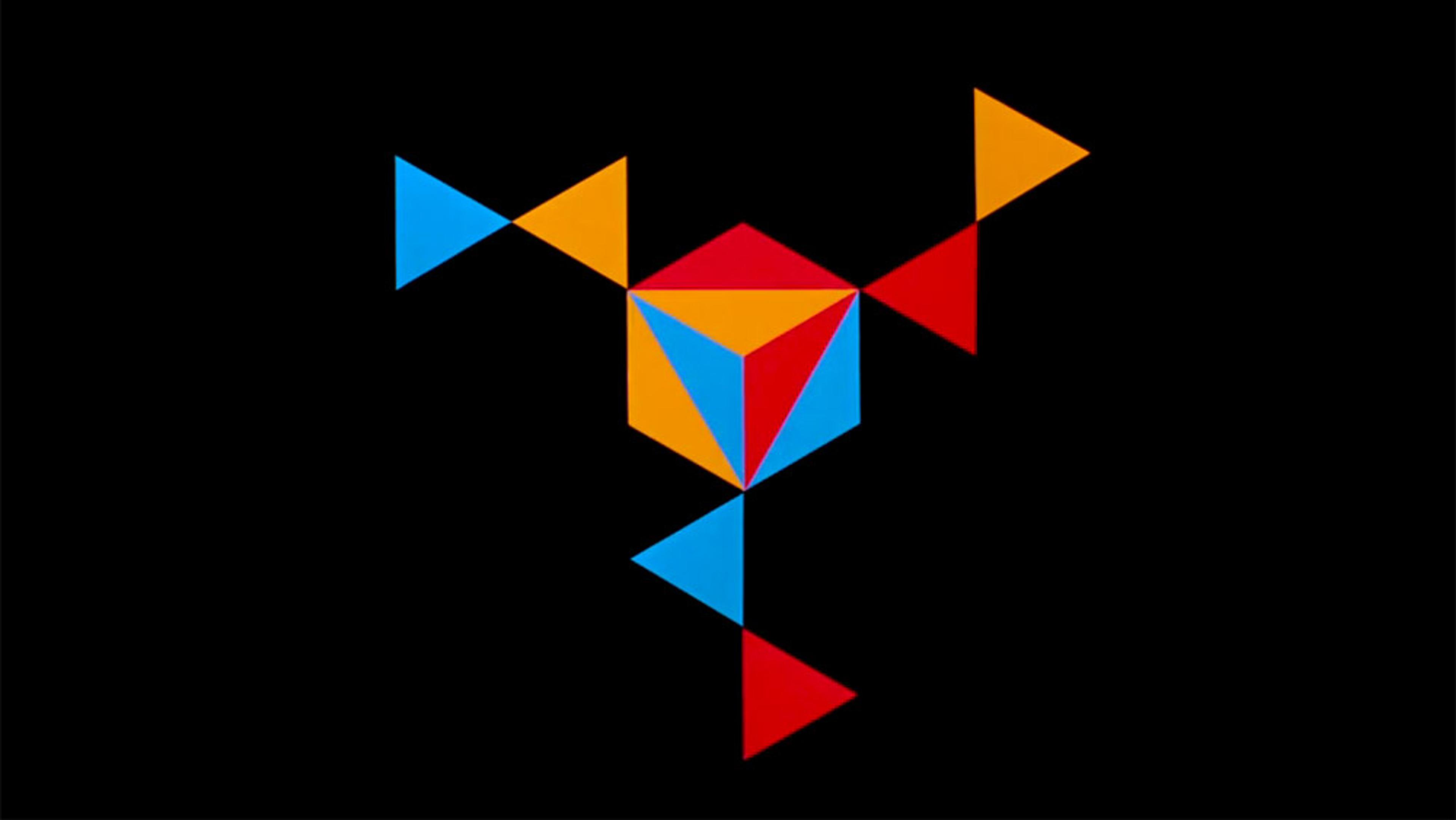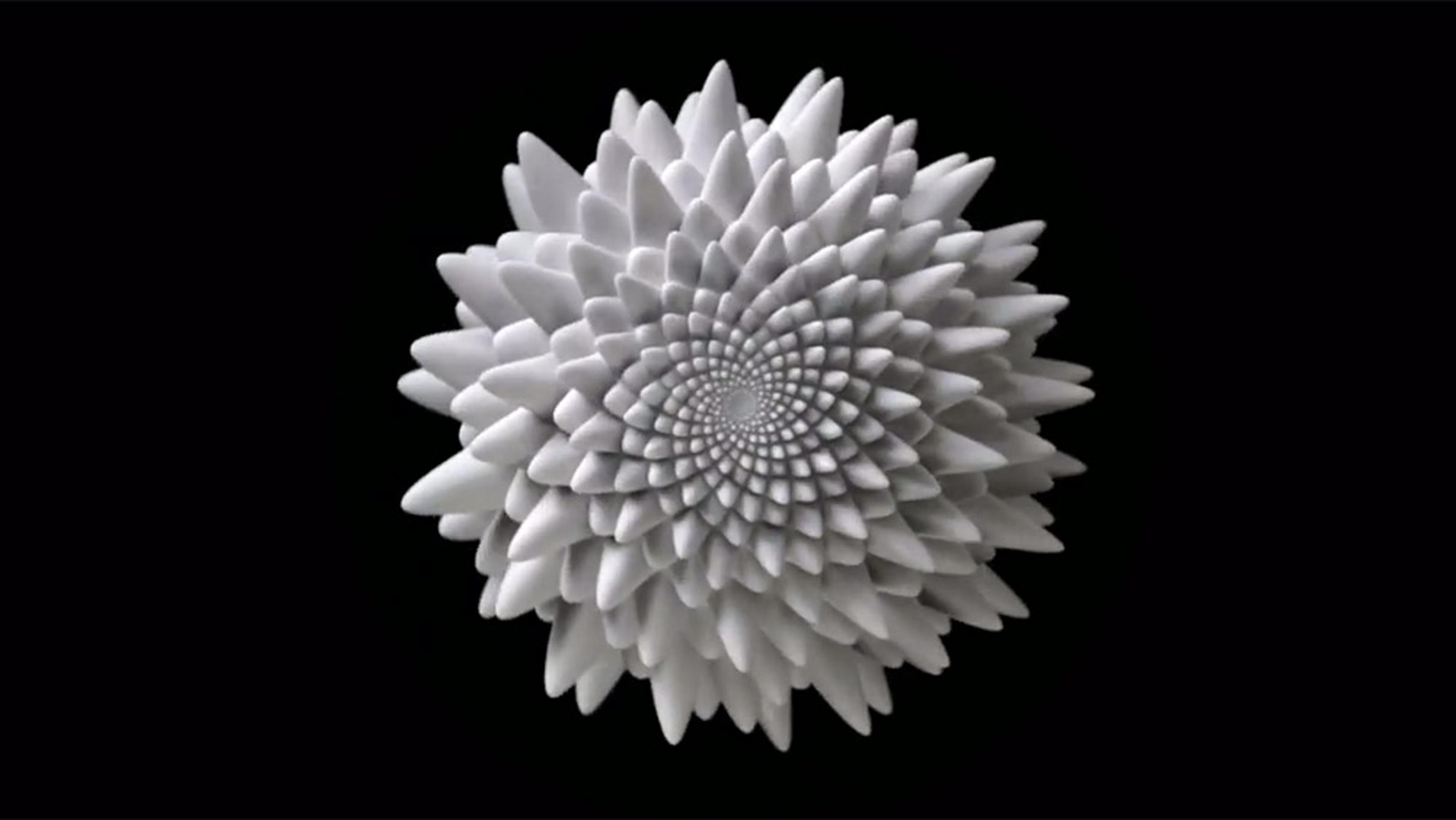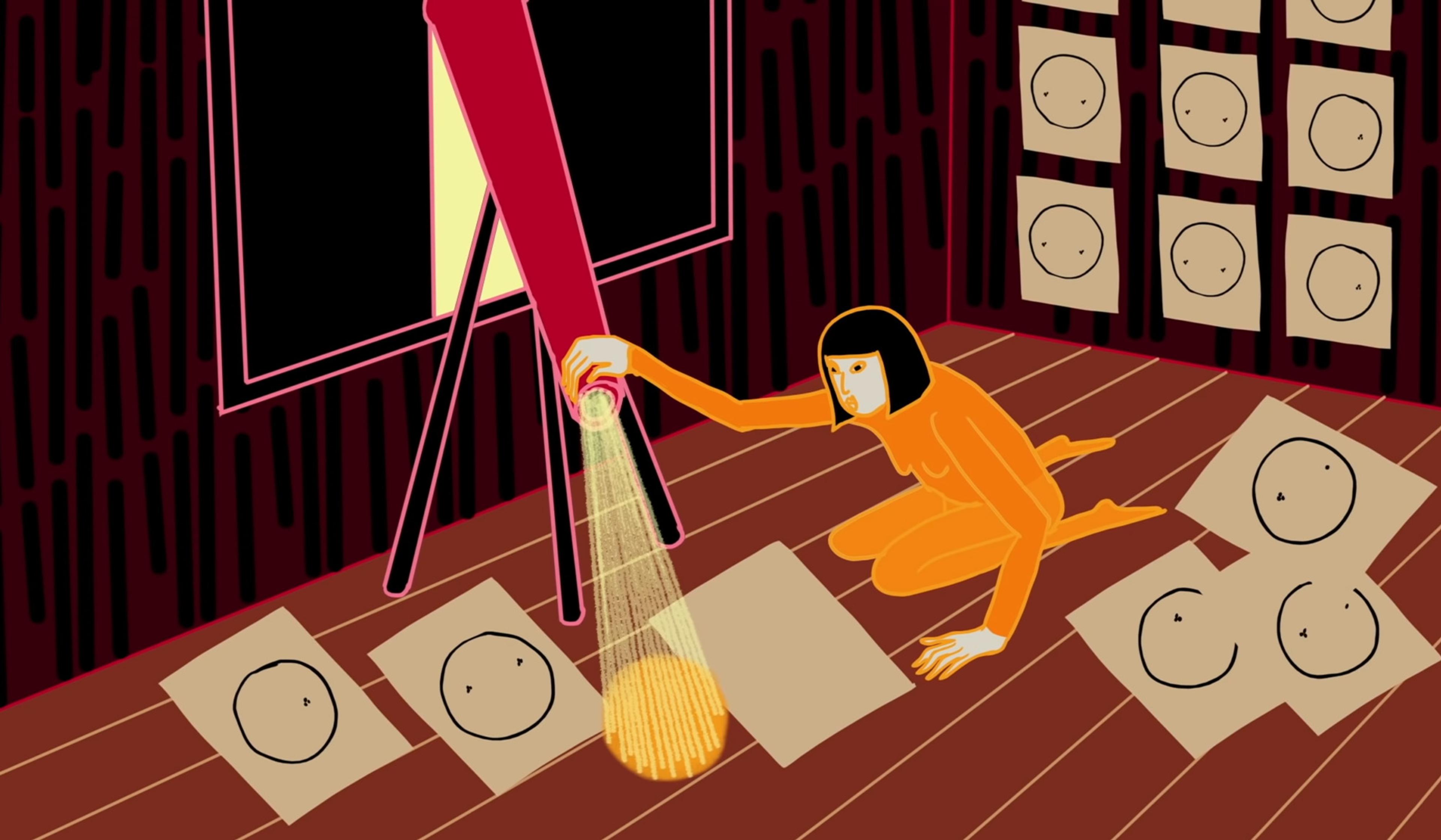With roots in the 17th century, traditional Japanese origami mines beauty from rules, limitations and, ultimately, mathematics. But there’s more to origami than just aesthetic value – scientists, engineers and designers have borrowed from the art form for a wide range of practical purposes. As this short from TED-Ed details, this includes a ‘starshade’ proposed by engineers at NASA’s Jet Propulsion Laboratory, intended to block exoplanet-hunting space telescopes from the glare of distant stars. Featuring appealing and instructive stop-motion visuals from the French animator Charlotte Arene, this short provides a nifty primer on how origami artists are able to fold square pieces of paper into near-infinite forms both beautiful and useful.
Why are NASA engineers borrowing techniques from origami artists?

videoMedicine
Could these printable, self-assembling origami robots transform medicine?
3 minutes

videoMathematics
A brilliant ‘geometric ballet’ of sound, shape and symmetry on the theme of 180°
5 minutes

videoPhysics
Is it possible to design a shape to roll along any fixed path?
4 minutes

videoMathematics
Geometric animations form a hypnotic tapestry of minimalist design
2 minutes

videoDesign and fashion
The weird wonders of combining 3D printing with the maths of pinecones and sunflowers
4 minutes

videoAstronomy
Meet the citizen scientist who changed how we see the Sun, and science itself
5 minutes

videoMathematics
Snowflake formulas, dice odds and other satisfying maths of the everyday
2 minutes

videoDesign and fashion
Not all paper is created equal: an 800-year-old tradition of making it by hand
6 minutes

videoMathematics
Delight as the hard-edged world melts into a full-rainbow spectrum of reality
2 minutes